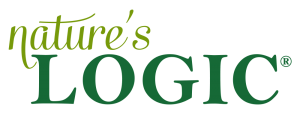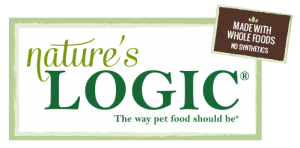Why the Healthiest Foods for Pets Include Fruits and Vegetables
By: Scott Freeman
In nature, dogs and cats are meat-eating predators, or what scientists call carnivores.
Cats are called “obligate carnivores,” which means their diet must consist primarily of meat. Therefore species-appropriate diets for dogs and cats are those rich in high-quality animal proteins and low in carbohydrates. But fruit and vegetables also play an important role in your pet’s diet.
Fruits and Vegetables Naturally Supply Pets with Key Nutrients
When wild dogs or cats consume their prey, often plant-eating animals or “herbivores,” they eat the entire animal, including hair, bones, blood, and the contents of the stomach and intestines. This is where animals in the wild obtain small amounts of grains and other plan matter that supply essential nutrients not provided by meat. So in order for domesticated pets to consume a species-appropriate diet, the food should closely match the properties of the prey they would eat in the wild. That includes nutrients available only from plants.
“Whole vegetables, like pumpkin, broccoli, spinach and carrots are going to provide quality nutrition that the dog’s body can actually utilize for optimal health and strength,” says Tracie Hotchner, author of The Dog Bible. Some dogs may eat raw vegetables, such as carrots, as a treat. But not all pets are so cooperative. Ever see a cat eat broccoli? For this reason, the easiest way to provide your pet with healthy fruits and vegetables is to make sure these ingredients are in the pet food he or she eats.¹
Fruits and Vegetables in Pet Foods Replace Added Man-made Vitamins
There is more than one way to create a pet food that meets the nutritional guidelines of the Association of American Feed Control Officials (AAFCO). Most dog and cat food makers add up to 26 chemically-synthesized vitamins, minerals and amino acids to their commercial pet diets. This is to compensate for the fact that the food itself does not contain these necessary nutrients. It is less expensive to reach recommended nutrient levels by adding man-made supplements to pet foods. You won’t see fruits and vegetables on the ingredient labels, but you will see “with added vitamins and minerals” on the packaging.
Alternatively, adding fruits and vegetables to commercial pet food, instead of synthetic nutrients made in a chemical plant, naturally provides essential vitamins your pet needs to thrive. Dried apples, apricots, alfalfa, artichokes, blueberries, broccoli, carrots, cranberries, kelp, pumpkin, spinach, tomatoes and others are all whole food sources of important nutrients for your pet. The safest nutrients for pets come from food, not chemistry. All nutrients in Nature’s Logic pet foods come from whole foods and 100% natural ingredients.²
Animals in the wild never get essential nutrients from synthetic, chemical additives that are widely used in other commercial pet diets. Nature’s Logic pet foods are high in animal protein, low in carbohydrates, and contain small amounts of dried fruits and vegetables to naturally supply essential vitamins. For example, the company’s raw and canned pet foods contain at least 95% meat, poultry, fish and organ meat and about 5% dried fruits and vegetables.






Share this entry